On July 31, 2020, OPPO launched the newest of its Reno series devices in India with the announcement of the new OPPO Reno 4 Pro for the Indian market. Positioned as a mid-range smartphone, the Reno 4 Pro packs in quite a long list of features – neatly packed within that beautiful shell. We covered several aspects of this phone in our fairly detailed first impressions article here.
Today though, it’s time we thoroughly review the OPPO Reno 4 Pro and figure if it is worth spending your hard-earned money on this new gadget that’s vying for your attention. I have been using the OPPO Reno 4 Pro in Virar, Maharashtra, from July 25, 2020.
I used an Airtel SIM card during the course of this review, and the handset has been functioning as my daily driver for the past two-odd weeks. This unit was provided to me by OPPO India, and the phone runs ColorOS 7.2 with Android 10.
As the norm usually is with reviews, let us start things by talking about the design of the OPPO Reno4 Pro
OPPO Reno4 Pro: Design, build
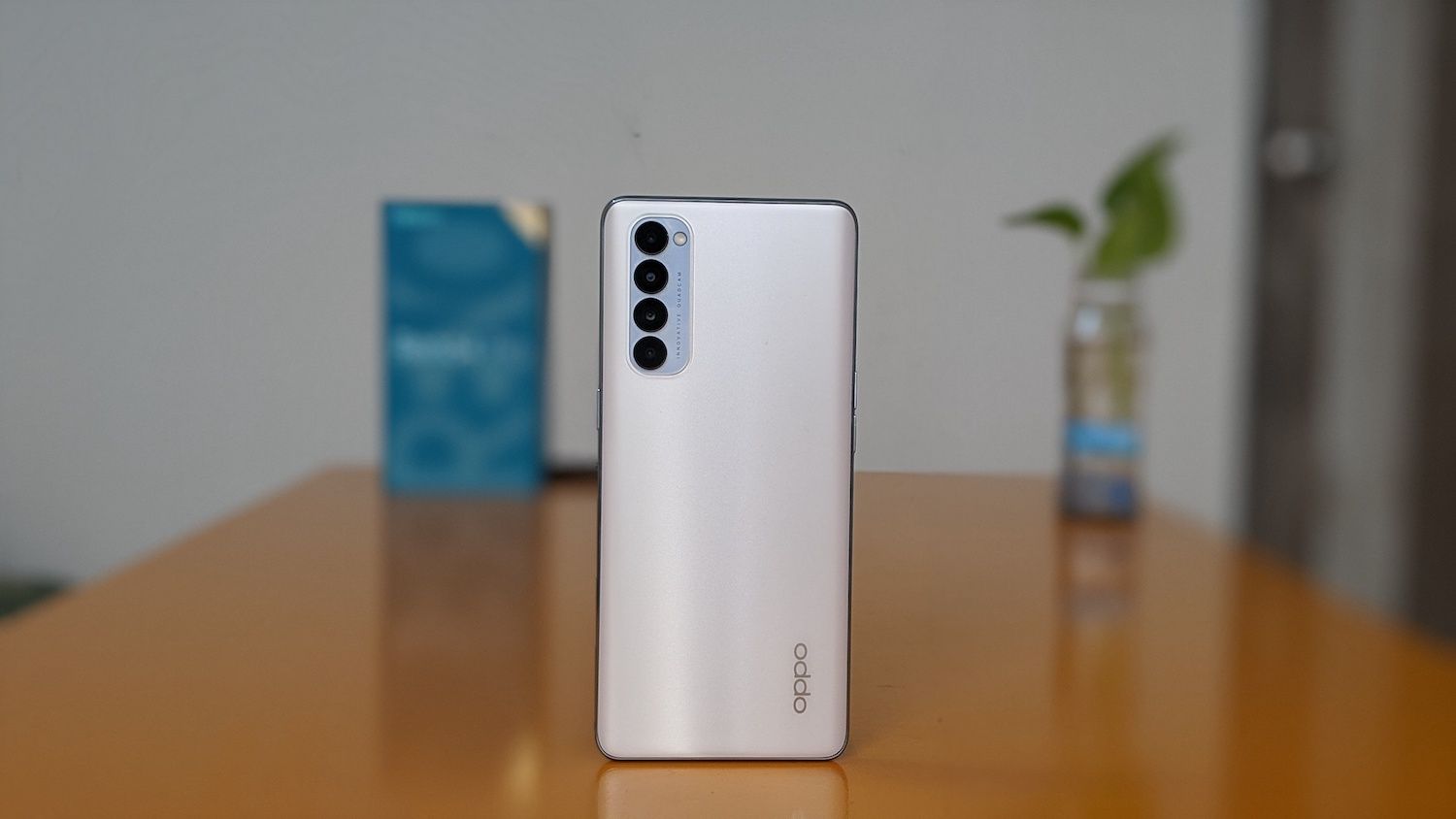
There is no denying that the OPPO Reno4 Pro looks gorgeous – especially in the Silky White color option I received. While it has become a norm of sorts to use a glass or metal body on premium devices, the Reno4 Pro stands out in this aspect with its polymer resin finish at the rear – and it manages to do this without feeling cheap or flimsy. This is a feat in itself, considering that the phone is quite thin. OPPO has also used a faux metal finish on the edges to accentuate the overall feel of the phone. The rear panel also features a matt finish that further enhances the look. One of the reasons I liked the rear panel is because of its grippy design enabled by the frosted texture, which ensures that the handset doesn’t slip as easily as most of its metal and glass-clad rivals.
The quad-camera setup at the rear is arranged vertically and, honestly, is striking to look at. In fact, chances are high you shall be bombarded with questions about the camera since that is quite likely the first thing people will notice about the phone. At 161g, the OPPO Reno4 Pro is exceptionally lightweight while also being ridiculously (7.7mm) thin.

Moving on to the other physical aspects of the phone, the Reno4 Pro gets a USB Type-C port and a single bottom-firing speaker at the bottom alongside a 3.5mm audio jack and a microphone. The volume rocker keys are located on the left side while the power button is located on the left. The phone gets a triple slot that accepts two nano-SIM cards and one microSD card – together.
Display: As gorgeous as they come
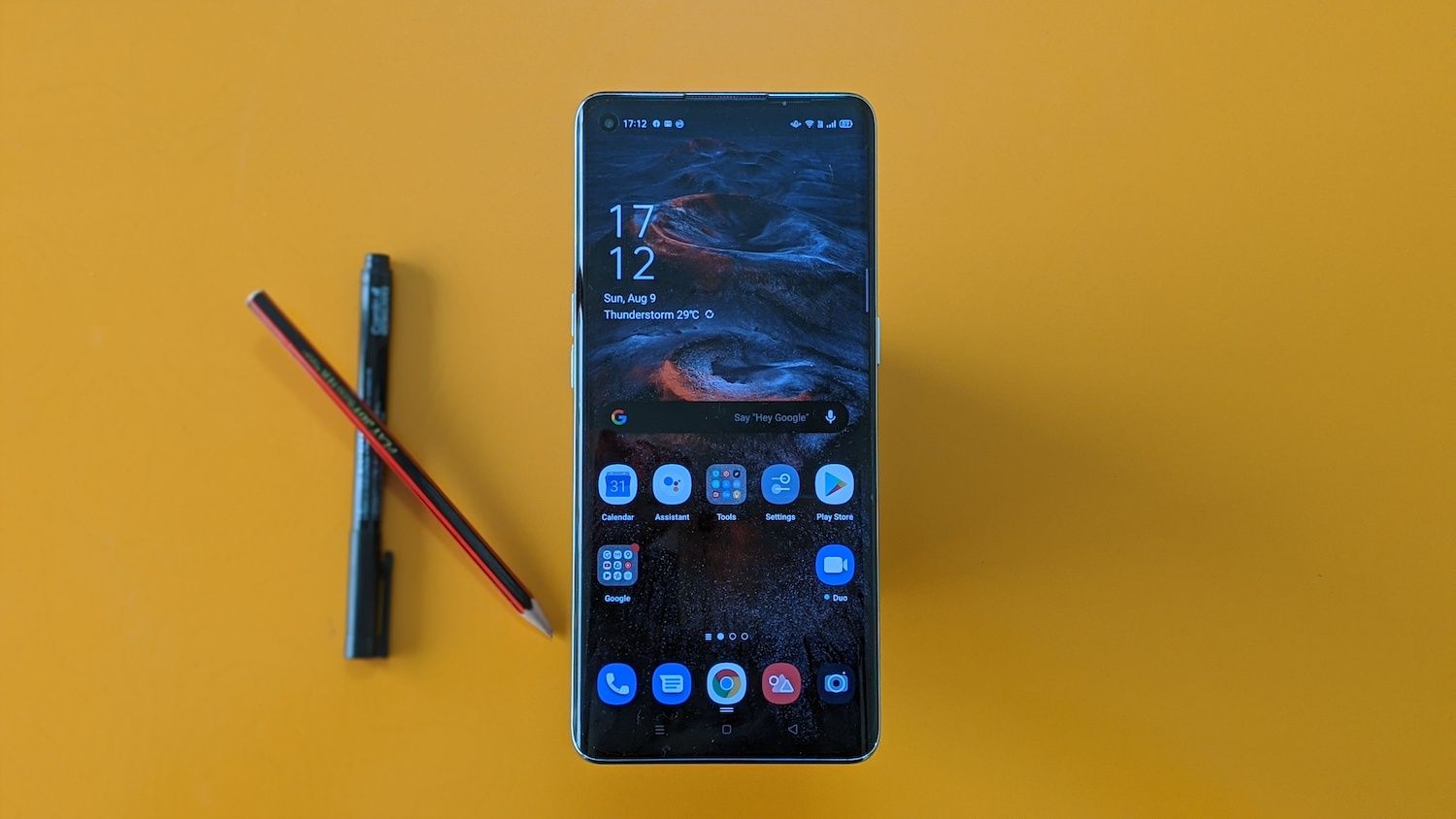
The OPPO Reno4 Pro features a curved 6.5-inch E3 Super AMOLED panel with a resolution of 2400 x 1080 pixels in the tall 20:9 aspect ratio. At 1100 nits, the Reno 4 Pro sports one of the brightest AMOLED panels currently available for smartphones. This also ensures excellent visibility even when you use the phone under direct sunlight. The display also sports 90Hz refresh rate along with 180Hz touch sampling. OPPO calls the display on the Reno4 Pro a ‘Bezel-less 3D Borderless Sense Screen’. The curve isn’t as dramatic as you would expect, and during my usage did not pose me any UI related issues usually associated with curved panels. It does enhance the overall looks of the phone and makes it seem thinner than it actually is. The ‘punch-hole’ at the top for the selfie camera did not feel obtrusive at all. The panel also supports HDR10 (independently confirmed using DRMInfo). That being said, there have been several reports that claim that the Indian unit of the phone does not feature HDR10 support.
HDR or not, display performance across the board on the OPPO Reno4 Pro was excellent with superior color saturation and deep blacks. Color accuracy wasn’t as great as on the OPPO Find X2 Pro – but this was only noticeable when both the phones were held side by side. OPPO gives basic display calibration options for the consumer within the ‘Display and Brightness’ settings. Apart from setting the color temperature, you can choose between ‘Vivid’ and ‘Gentle’ color modes. This is also where you can quickly switch to ‘Drak Mode’ or set your ‘Eye Comfort’ parameters. The OPPO Reno4 Pro lets you switch between 90Hz and 60Hz refresh rate options and also supports the Always-on Display feature with a variety of clock styles to choose from. The phone also supports the Edge lighting feature, which sends you visual alerts when you receive a notification. The display also houses the in-display fingerprint scanner. As is the case with most in-display technology, unlocking time takes longer than traditional fingerprint scanners, and there you will almost certainly experience failed unlocks.
Camera: Excellent software marred by inconsistent results
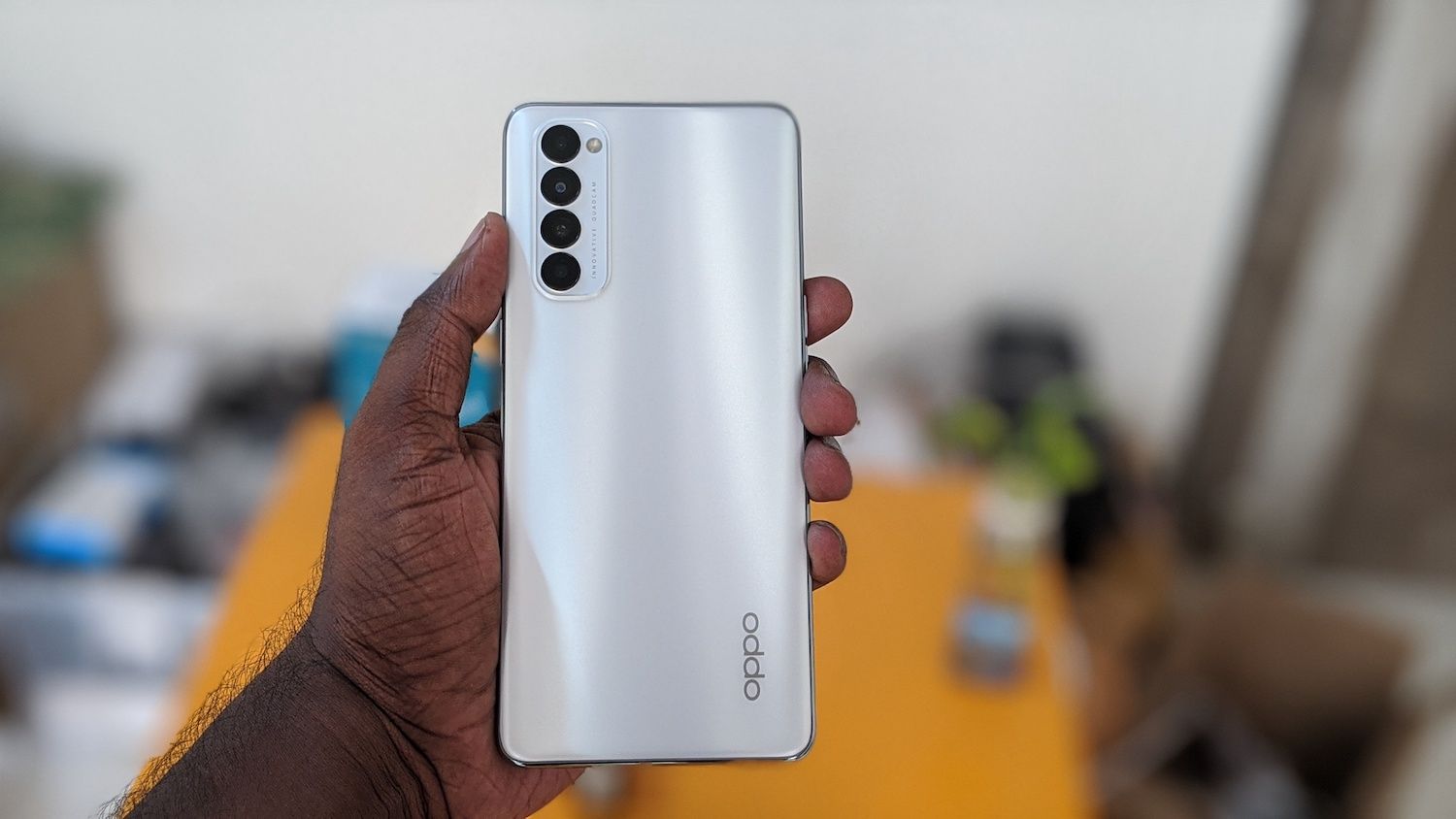
OPPO has always touted the camera as the USP for most devices in the Reno lineup, and the Reno4 Pro is no exception. Unlike the international variant of this device that gets a triple camera array, the Indian Reno 4 Pro features a quad-camera setup at the rear. OPPO has used a 48MP IMX 586sensor for the primary camera. The f/1.7 lens is mated to should offer decent low light shots. The secondary uses an 8MP sensor with an ultra-wide-angle lens. OPPO has also included two separate 2MP sensors form monochrome and macro shots. At the front, the Reno4 pro gets a 32MP (IMX616) sensor and an f/2.4 lens.
While the hardware is excellent, what makes the Reno4 Pro a capable camera phone is the potent software features it gets. It starts with the camera UI, which is intuitive and easy to use. Frequently used modes like Portrait, Video, Night are accessible easily with a swipe. OPPO also gives a quick toggle option to switch between the Dazzle Color mode that can be useful when images turn out too dull. This is also where you find the HDR, flash, and filter toggle options. OPPO has also come up with several AI portrait options with the Reno4 Pro, including the AI Color Portrait Mode and the Night Flare portrait mode. For the front camera, there is the Ultra Night Mode that brightens up selfies captured in low light. The phone also gets a dedicated Ultra Dark Mode for the rear cameras. Another interesting feature is the XHD mode (which can be accessed via the ‘Expert’ mode) that can take 108MP images.
Rear Main Camera
The primary rear camera uses the tried and tested IMX586 sensor, and it manages to deliver impressive performance in the daytime. There were occasions where I found the colors too dull (especially the greens), but the dazzle Color mode did help get things back on track. However, there are occasions when the saturation is a bit on the higher side, and you will want to turn it off. Here is an example of the variation in results with the Dazzle Color option turned off and on. The first image is with the option turned on while the second image has the feature turned off.
The primary camera also captures excellent portrait shots, and the Reno Pro gives users the option to adjust the level of blur before shooting.
I also spent a lot of time trying to capture macro shots and honestly felt the phone could have done a better job in this aspect.
The OPPO Reno4 Pro comes with a dedicated Night Mode that kicks in automatically when it detects a low light situation. However, this is not the same as the ‘Ultra Dark Mode’ feature that needs to be manually enabled by going into the ‘Night’ option. In very low light situations, I found the images captured in the automatically invoked Night Mode to be better than the ones caught using the Ultra Dark Mode. As seen in the photos below, the image on the right – even though a lot brighter -has a lot of noise. It is likely, however, that the brighter image is what most laymen would choose.
Rear Ultra Wide Angle Camera
The lower 8MP resolution of the ultra-wide-angle camera does translate to lesser details in the images. That being said, it more than makes up for this flaw by letting you capture dramatic wide-angle shots that are shareable. Take a look at the images captured using the ultra-wide-angle camera on the OPPO Reno4 Pro.
Front Camera
The OPPO Reno4 Pro gets a 32MP selfie shooter that can capture some nice looking shots. OPPO has loaded the Reno4 Pro with a wide array of software features that will let the selfie-obsessed millennials hooked to the phone for hours. One of the better features I found myself using a lot is the AI Color Portrait feature that keeps your face and body in color while turning the rest of the background to monochrome. Features like HDR and Night Mode are available even for the front-facing camera. The phone also has features like slow-motion video, time-lapse, and panorama even with the front-facing camera.
Oppo Reno 4 Pro: Performance, Battery Life

The OPPO Reno4 Pro comes powered by the Qualcomm Snapdragon 720G chipset. The phone is offered in a single 8GB + 128GB variant in India and has a triple slot for two SIM cards and a microSD card for memory expansion. The phone uses UFS 2.1 storage and LPDDR4X RAM.
Performance was never an issue with the OPPO Reno4 Pro, and never during the near one month I spent with the phone did it show signs of lag or stress. While not an avid gamer, I was able to comfortably run titles like PUBG Mobile and Call of Duty: Mobile with ease. The phone remained remarkably stress-free and did not show signs of heating up even after long gaming sessions. This also meant that we did not experience any form of thermal throttling while gaming. Considering the fact that the OPPO Reno4 Pro has an incredibly slim body, this level of thermal performance left me impressed.
With 8GB of RAM at its disposal, the OPPO Reno4 Pro never faced any issue with multitasking. Rest assured, power users will almost certainly never face an issue navigating through menus or loading apps.
The OPPO Reno4 Pro ships with a 4,000mAh battery that consistently offered me well over a day of battery life even with extensive use. With the brightness level set to around 70 percent, I was able to always get around 5:30 hours of screen on time with the phone. With the brightness set to less than 50 percent, you can quickly achieve a screen on time of more than 6:30 hours or 7 hours. What makes the OPPO Reno4 Pro stand out from the competition, however, is its support for OPPO’s SuperVOOC 3.0 65W fast charging technology. With the supplied charger, the OPPO Reno4 Pro charges from 0 to 100 percent in just 36 minutes!
While the Snapdragon 720G is a decent, powerful chipset when you look at it in isolation, OPPO’s decision to put that piece of silicon into a device priced at Rs 35,000 at first glance looks like a bit, you know, strange. This, especially when the company sells the Chinese variant of the OPPO Reno4 Pro with the faster SD765G chipset. What makes things even more tricky for OPPO is the fact that the competition offers compelling devices like the OnePlus 7T (with the much faster SD855+) SoC for the same price. If the OP7T can be dismissed as an older device, there is the OnePlus Nord as well that gets the SD765G SoC at a lower price point.
Conclusion
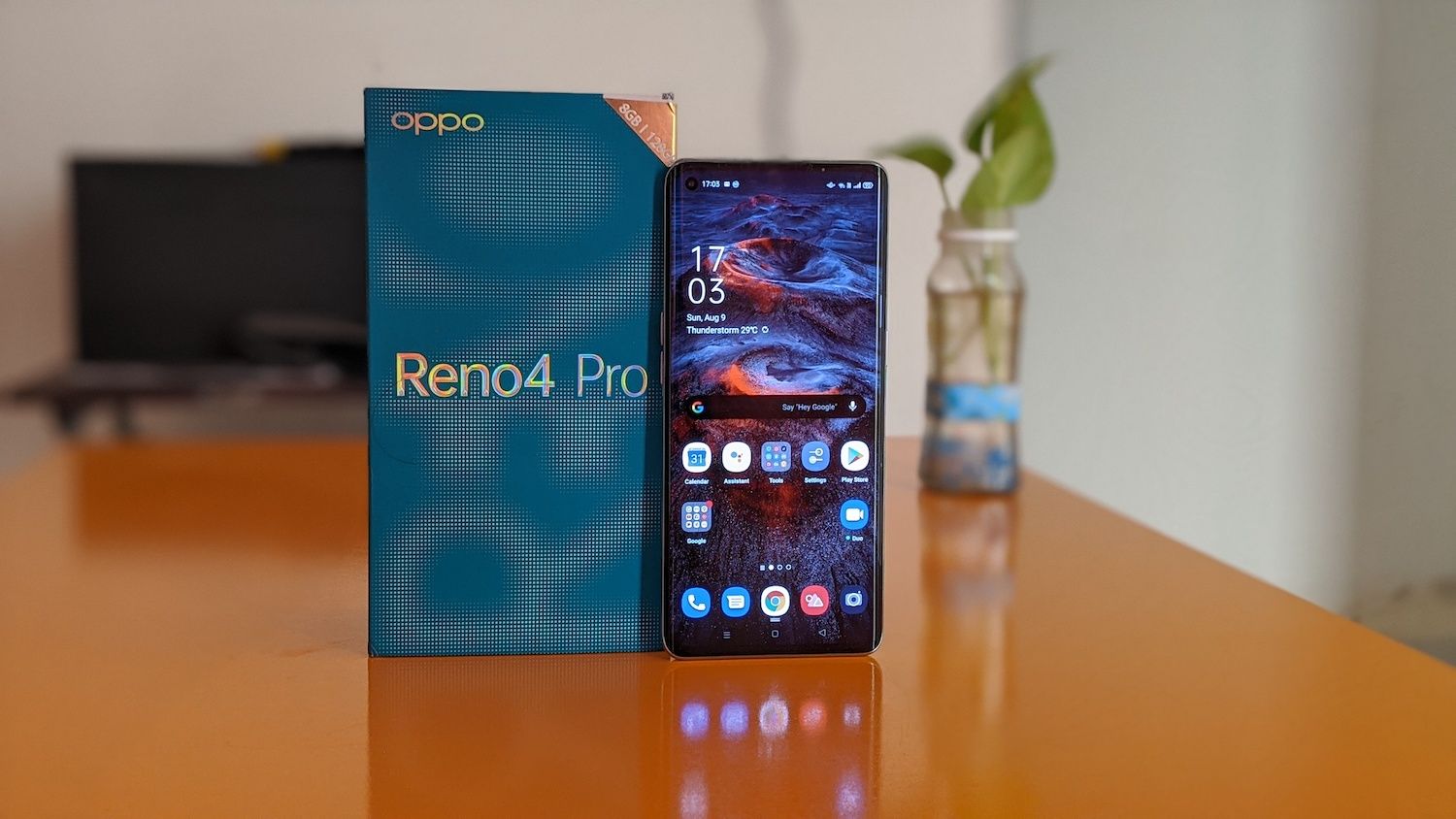
Let me make it clear. The OPPO Reno4 Pro is a nice phone. It has its share of flaws, and the price tag certainly will not appeal to the masses – especially when you have competitors like the OnePlus Nord, Vivo X50, and the OnePlus 7T selling for around the same price. The cameras could have been better – especially with low light shots. But as I finish this review, I can confirm that my experience with the phone has been entirely positive. The overall premium look and feel of the phone, its flawless software, and great battery life more or less let you comfortably overlook its flaws. And it seems highly likely that OPPO has positioned the OPPO Reno4 Pro for a small but significant bracket of consumers who do not feel the need to own the phone that offers the most bang for their buck. If you can overlook these issues, the OPPO Reno4 Pro could end up being a worthwhile investment.
The post OPPO Reno 4 Pro Review appeared first on MySmartPrice.
from MySmartPrice https://ift.tt/2QCdG4X









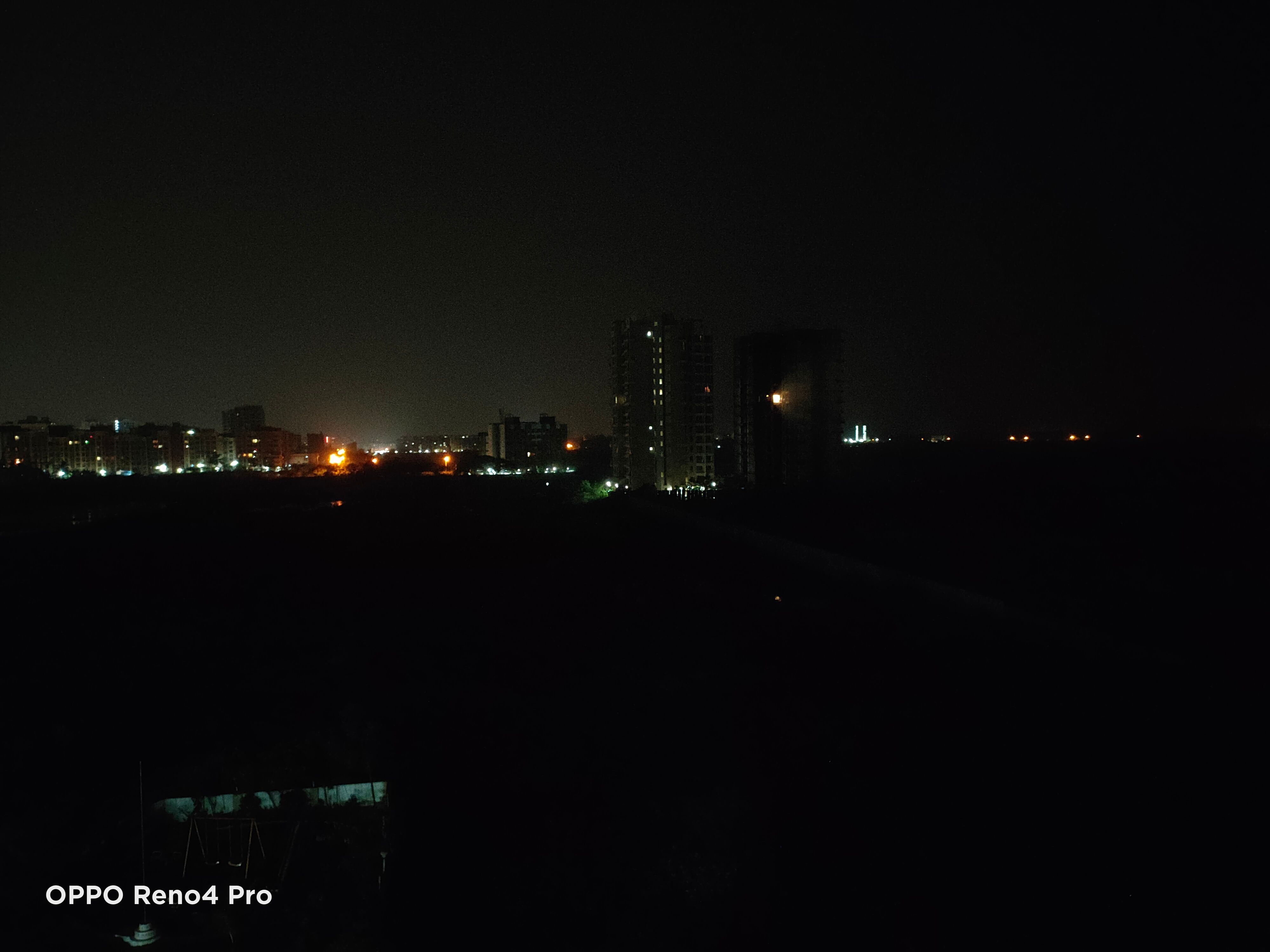

No comments:
Post a Comment